|
1910.179(m)(1)
Running ropes. A thorough inspection of all ropes shall be made at least once a month and a certification record which includes the date of inspection, the signature of the person who performed the inspection and an identifier for the ropes which were inspected shall be kept on file where readily available to appointed personnel. Any deterioration, resulting in appreciable loss of original strength, shall be carefully observed and determination made as to whether further use of the rope would constitute a safety hazard. Some of the conditions that could result in an appreciable loss of strength are the following: 1910.179(m)(1)(i) Reduction of rope diameter below nominal diameter due to loss of core support, internal or external corrosion, or wear of outside wires. 1910.179(m)(1)(ii) A number of broken outside wires and the degree of distribution or concentration of such broken wires. 1910.179(m)(1)(iii) Worn outside wires. 1910.179(m)(1)(iv) Corroded or broken wires at end connections. 1910.179(m)(1)(v) Corroded, cracked, bent, worn, or improperly applied end connections. 1910.179(m)(1)(vi) Severe kinking, crushing, cutting, or unstranding. itle 29 CFR 1910.179(i), warning devices, states: [e]xcept for floor operated cranes a gong or other effective warning signal shall be provided for each crane equipped with a power traveling mechanism. Although the source of 29 CFR 1910.179 did not provide specific examples of an "effective warning signal," ANSI standard B30.2-1967, Overhead and Gantry Cranes, a subsequent revision of this standard, ASME B30.2-2005, Overhead and Gantry Cranes 2-1.15.3 Types of Devices, states that [one]ne or more of the following devices shall be provided when require:
source: https://www.osha.gov/laws-regs/standardinterpretations/2010-03-30 |
Archives
September 2020
Categories |
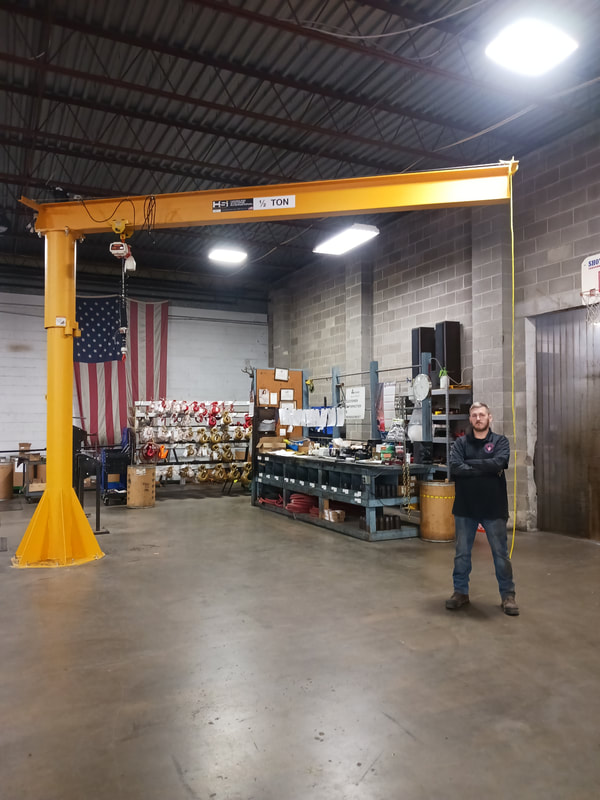
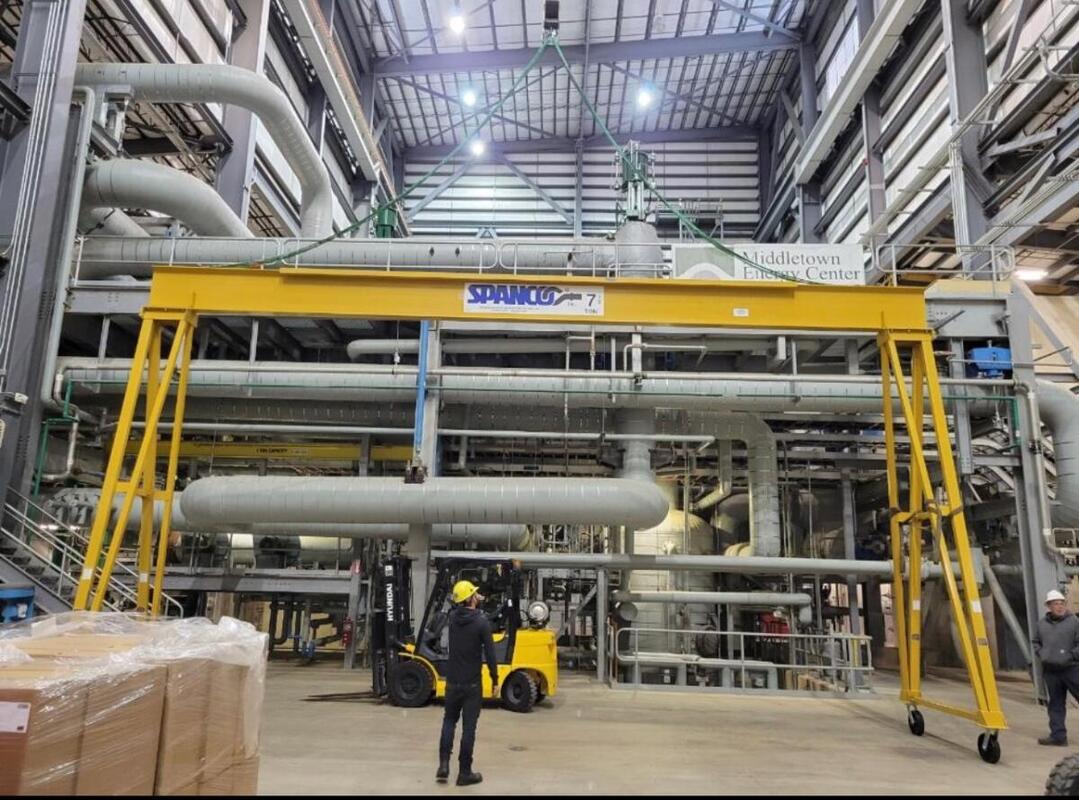
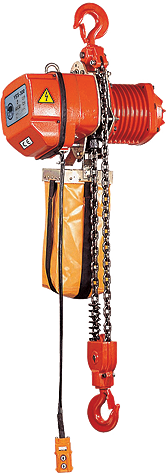
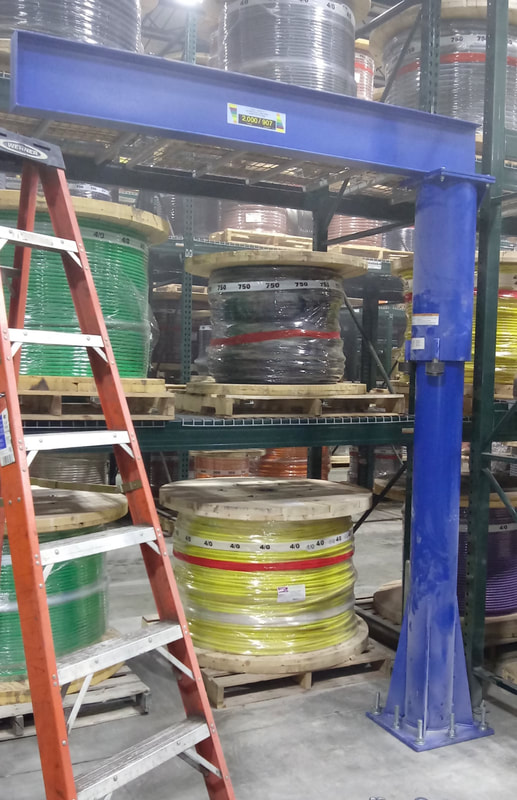
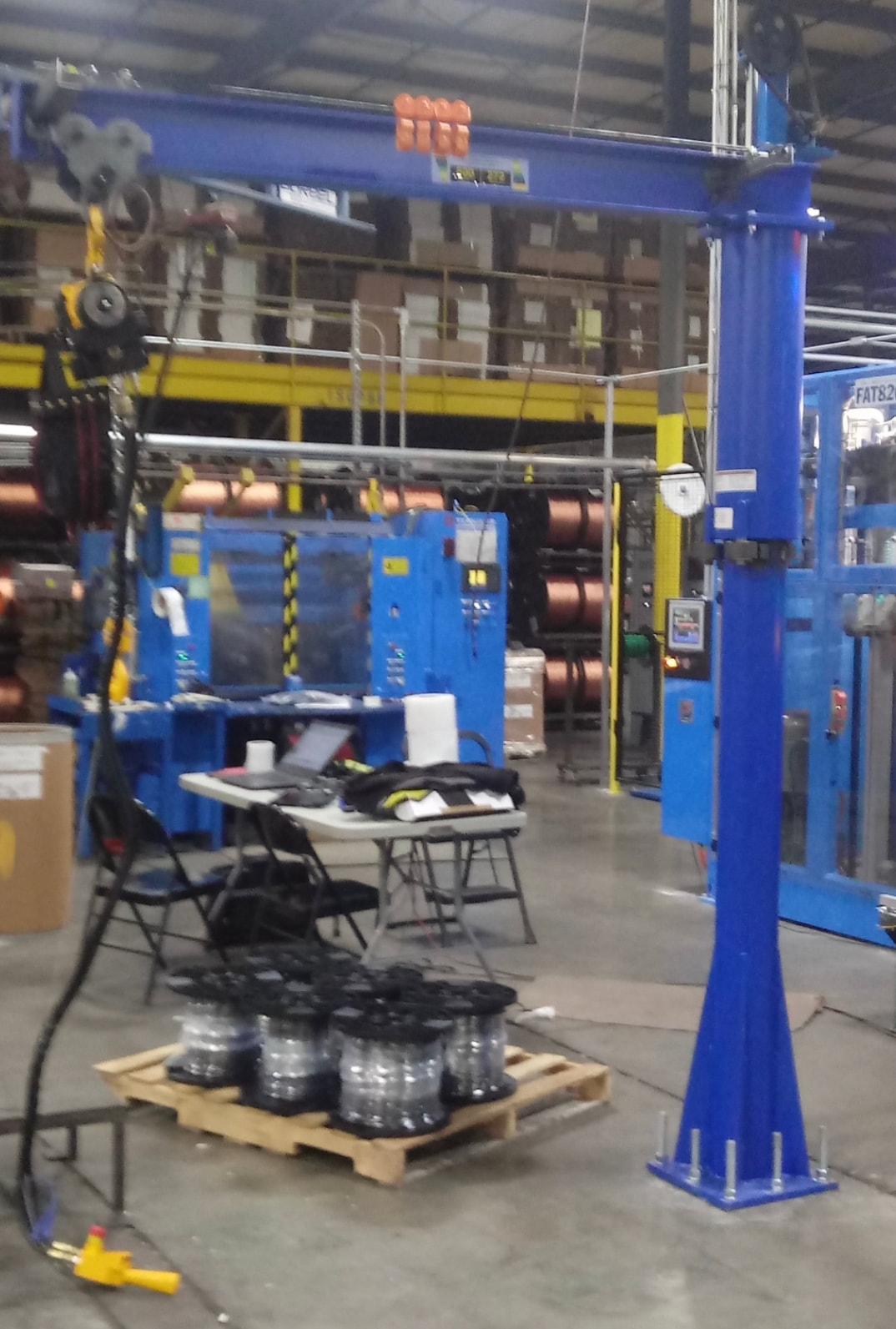
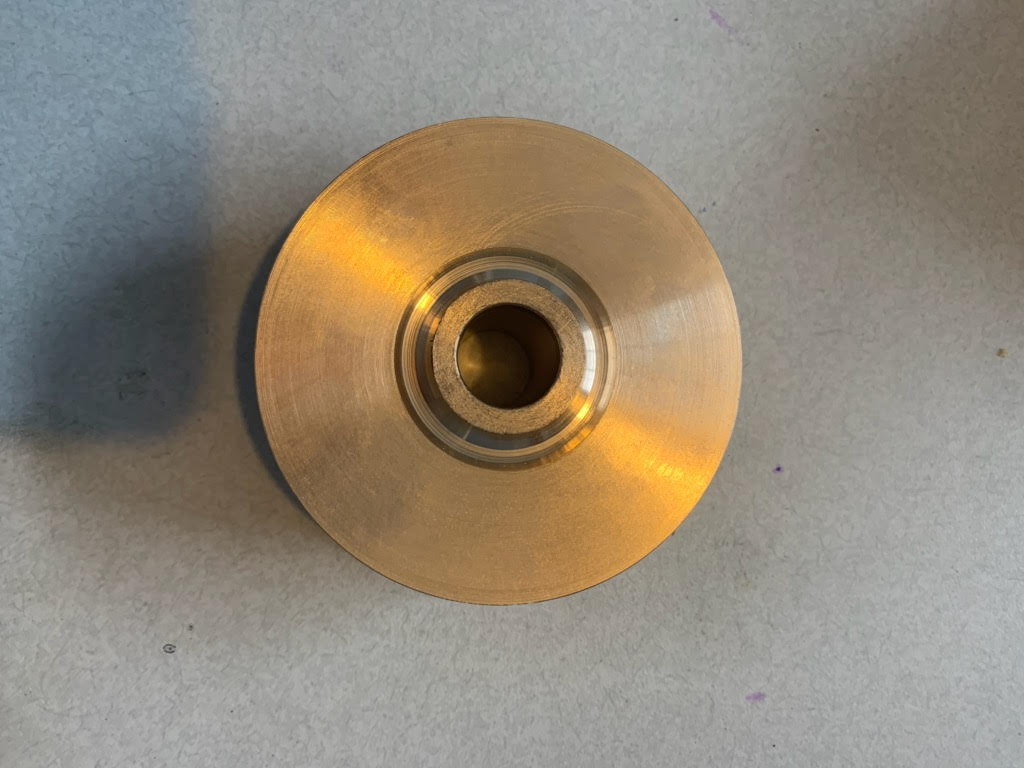
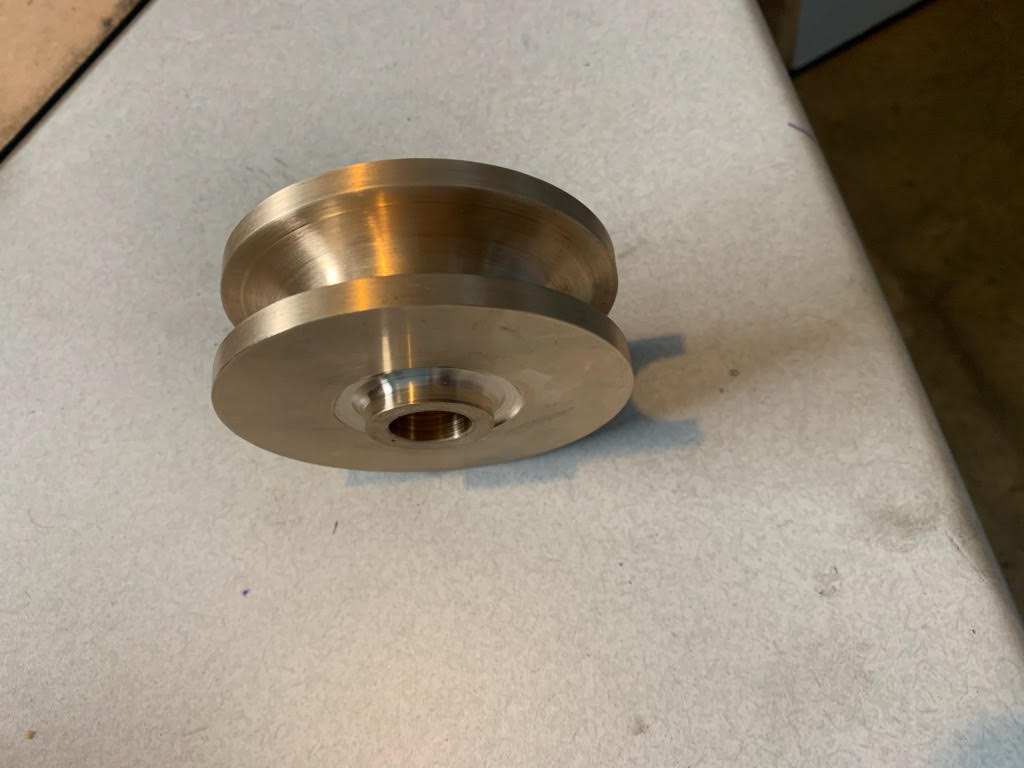
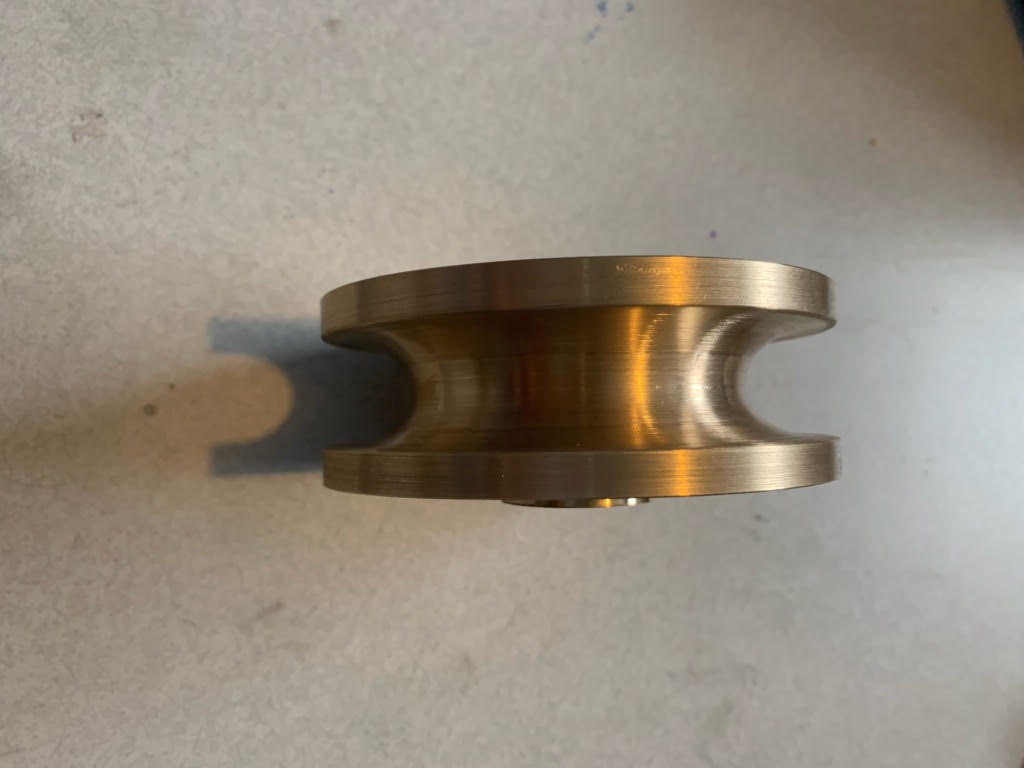
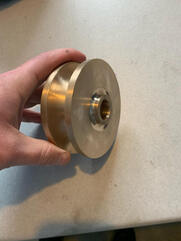
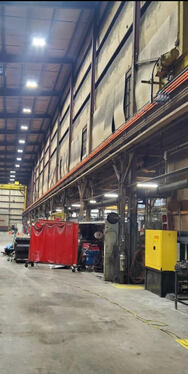
 RSS Feed
RSS Feed
